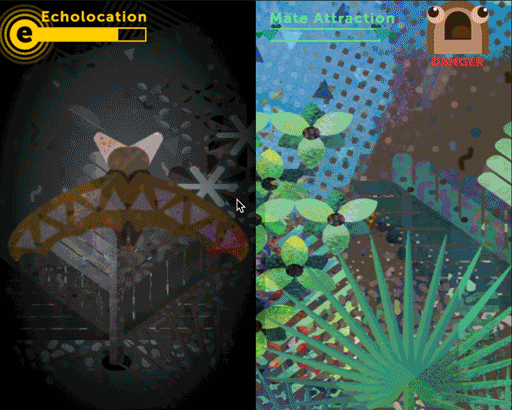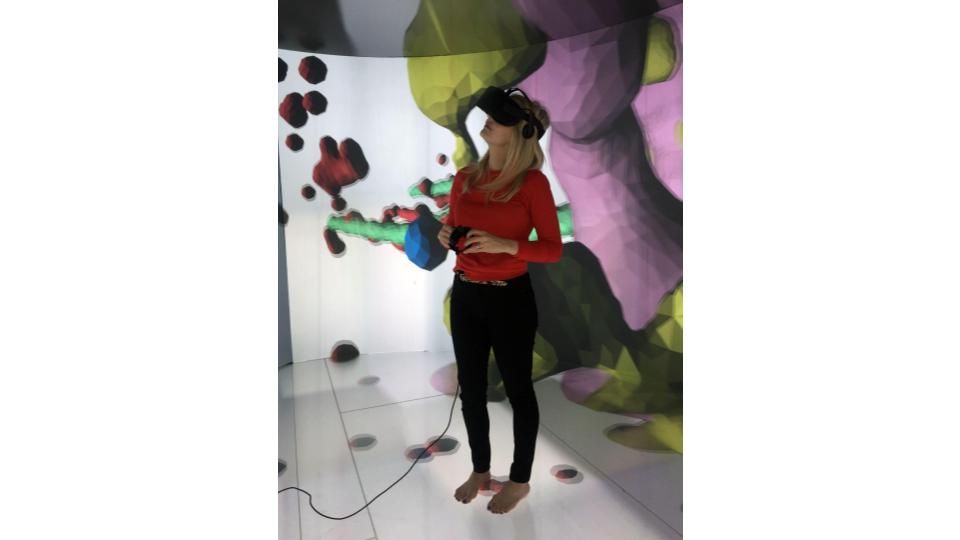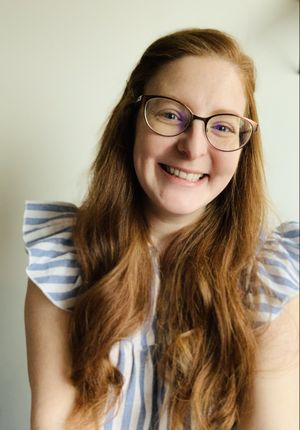Transforming the Stories of Smithsonian Women Scientists Into Interactive Classroom Experiences
Explore the possibilities of digital learning through hands-on interactives based on the work of three innovative Smithsonian women scientists. With this suite of resources, take your classroom on an underwater adventure, journey through the jungles of Panama, or travel lightyears into outer space.
:focal(453x219:454x220)/https://tf-cmsv2-smithsonianmag-media.s3.amazonaws.com/filer_public/fd/0c/fd0cd9ec-88e0-4353-91ce-f68612eb6398/tri-sci3.png)
Have you ever thought about taking a class field trip through a coral reef? What about adventuring through a rainforest to study animal behaviors? What if you could take your students through the remnants of an exploded star all from the seats of your own classroom?
Today, digital learning can take classrooms to new places—from under the sea to outer space! The Smithsonian’s purpose is to increase and diffuse knowledge, not just within the brick-and-mortar museums in Washington, D.C., but in learning environments across the globe. Educational institutions, museums, and schools need not be siloed but can collaborate to create an enriching environment for students.
As an intern with the Office of the Under Secretary for Education (OUSE) this semester, I’ve had the opportunity to go behind-the-scenes of the “How to Be a Scientist: Smithsonian Women as Career Role Models” project, a webinar series for 4th-8th educators highlighting innovative scientists within the Smithsonian. Each webinar featured a conversation with a scientist, her incredible work, and free interactive classroom-ready materials. Educators from around the globe tuned in for an introduction hosted by Cody Coltharp, the Interactive Designer at OUSE, as he guided attendees through the toolkit of lessons using the Smithsonian Learning Lab—a collection of digital Smithsonian materials that can be personalized and shared. The Lab hosts these resources including an interactive game, curated lesson plans, and a biography on a scientist and her research. Coltharp describes his inspiration for this series simply:
“With all three of these projects, one of the big considerations is the medium. Why do something as a game when it could just as easily be a quick video, worksheet, or even a simple graphic? I saw Dr. Page talking about her work and I thought: ‘how fun would a game be about echolocation? Here is a sense we don’t have, and we can't experience it in any normal way. How can we use technology to portray that experience for students?’”

The first kit takes participants on an underwater adventure exploring the impact of climate change on the ocean’s coral reefs. Narrated by marine biologist, Dr. Nancy Knowlton, the former Sant Chair for Marine Science at the National Museum of Natural History, the game allows students to descend into the depths of the ocean and travel through a coral reef learning about the food web, transfer of energy, and the effects of coral bleaching—all while taking on the perspective of a small fish. Within the Learning Lab collection, students learn about coral reefs and reflect deeply about human influence on the environment, using suggested Project Zero thinking routines.
Dr. Knowlton is the co-chair of the Earth Optimism Program Review Committee for Smithsonian Earth Optimism Conservation Commons, an initiative focused on changing the narrative on climate change and sustainability. During the live webinar with Dr. Knowlton, educators were asked, “What are ways you’ve struggled to teach climate change?” Teachers expressed frustration in narrowing such a broad topic down to the most important points, especially with pinpointing where to start a lesson on the subject. Another challenge in the classroom is emphasizing the student’s role in the solution without dampening morale.
Dr. Knowlton stressed the disadvantages of beginning a lesson with “everything that is wrong with the ocean.” In answer to this challenge, she suggested leading discussions or lessons with the actions the students can take, how others are contributing, and what can continue to be done. Knowlton suggests focusing on collective actions that are making a difference, rather than introducing the lesson with undertones of despair that can lead to a sense of helplessness.

The following project kit explores the research of behavioral ecologist, Dr. Rachel Page from the Smithsonian Tropical Research Center in Panama. Her work on the relationship between the túngara frog and the fringe lipped bat is easily presented in the Learning Lab through activities on adaptation, data and statistics, and in a two-player game simulating the interaction between the two.
Through the Gamboa Bat Lab, Dr. Page and a team of behavioral ecologists can conduct research and share their findings online from Panama. This resource in the toolkit is great for educators who described “using real life examples and animals combined with up-to-date research from Smithsonian scientists and researchers” to dispel commonly held misconceptions about natural selection and adaptation in their classrooms.
When asked to speak on transforming her interest in science into a career, she spoke to the importance of reshaping the image of a stereotypical scientist and opening a window to possibilities for students. “[As a child] in my head, I thought scientists were these stereotyped Bunson burner, white lab coat [types] very much in a laboratory and not in a forest. Certainly not trying to decipher animal communication signals. It was an eye opener that it could be a career path.” Dr. Page shared this insight with the Panamanian rainforest seen and heard behind her, a view that others might use as a Zoom background is her reality.

Journey Through an Exploded Star
Based on the research of Dr. Kimberly Arcand, a visualization scientist at the Harvard and Smithsonian Center for Astrophysics, the final kit allows participants to engage in activities on the electromagnetic spectrum and the lifecycle of stars using 3D data visualization. In the 360° online interactive, students are guided through the remnants of an exploded star where invisible radiation has been made visible. By using the data collected by telescopes and satellite imagery, Dr. Arcand led a team that created a 3D visualization of the elements dispersed by the star, transforming that information into an experience that can be seen and manipulated.
Why should a student care about an exploding star? During the live webinar, Dr. Arcand answered, “The chemical emissions—the iron, silicon, sulpher, and neon. Our body has those same elements in it. We also likely came from those stars that exploded a long time ago. Literally, the iron in our blood can come from these stars that exploded eons past. It is useful to talk about relevancy because you want your students to care about these things or to figure out for themselves if they should care.” Lessons on supernovae and blackholes do not have to be unrelatable. By understanding their place in the universe, students can connect to topics that may seem out of this world.
As a graduate student in George Washington University’s Museum Education Program, my initial understanding of museum education was that museums are repositories of information and my role as a museum educator was to relay that information to learners in an innovative but stationary way. I have witnessed museums taking advantage of technology to transform learning into opportunities that are accessible across the globe. How else could a student experience the inside of a supernova? Or swim through a coral reef ecosystem from the perspective of a small fish? Or even experience what having the sense echolocation is like?
As a museum educator, these tools allow me to share impactful stories and resources that inspire learners to strive for a more diverse and equitable future. Projects such as the “How to Be a Scientist” series do more than supply a highway of information from Smithsonian museums, resources, and research centers to classrooms. These projects aim to move past the image of what a female scientist can do, what they should look like, and promote awareness and diversity of career paths for future scientists.
